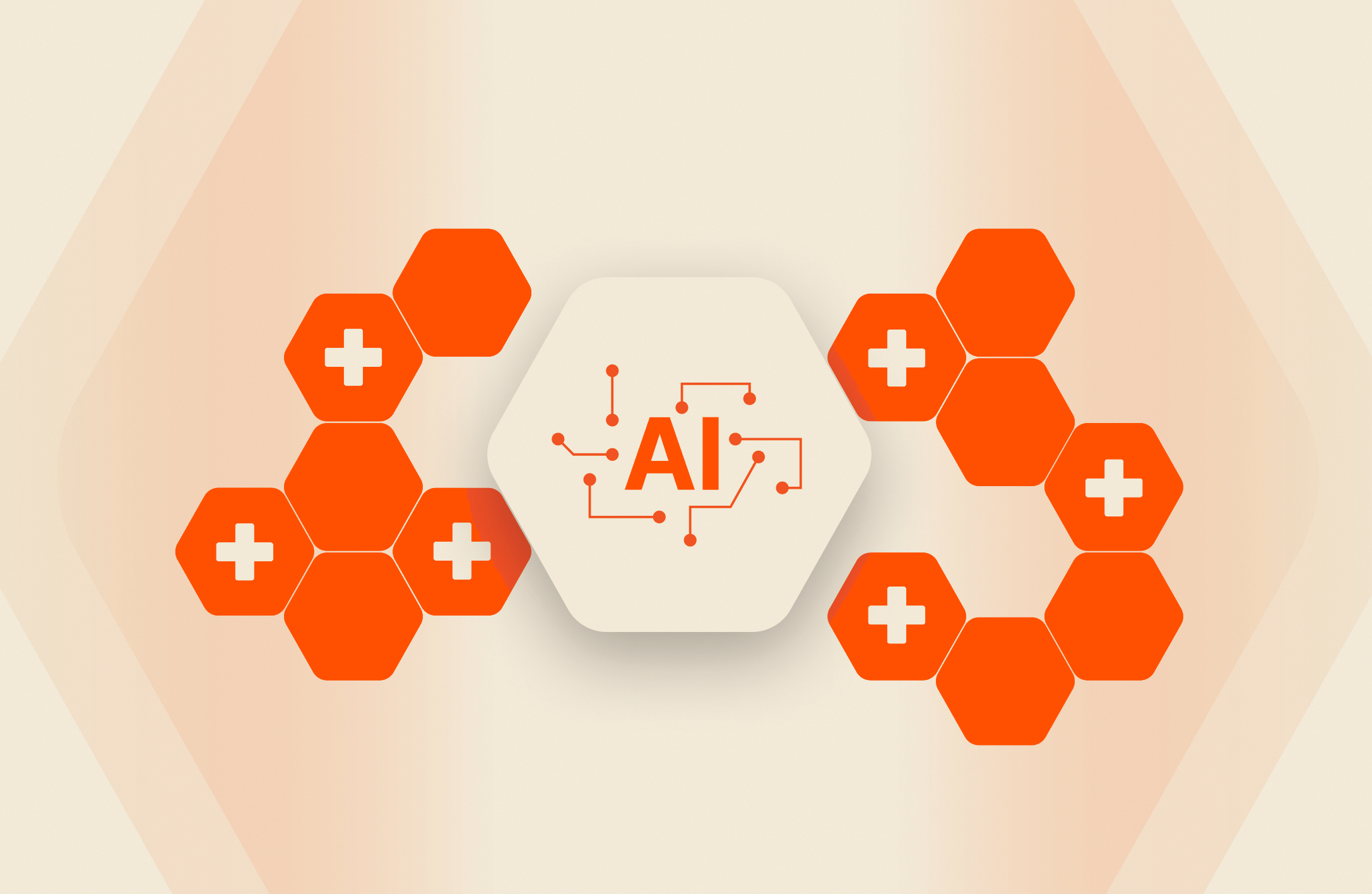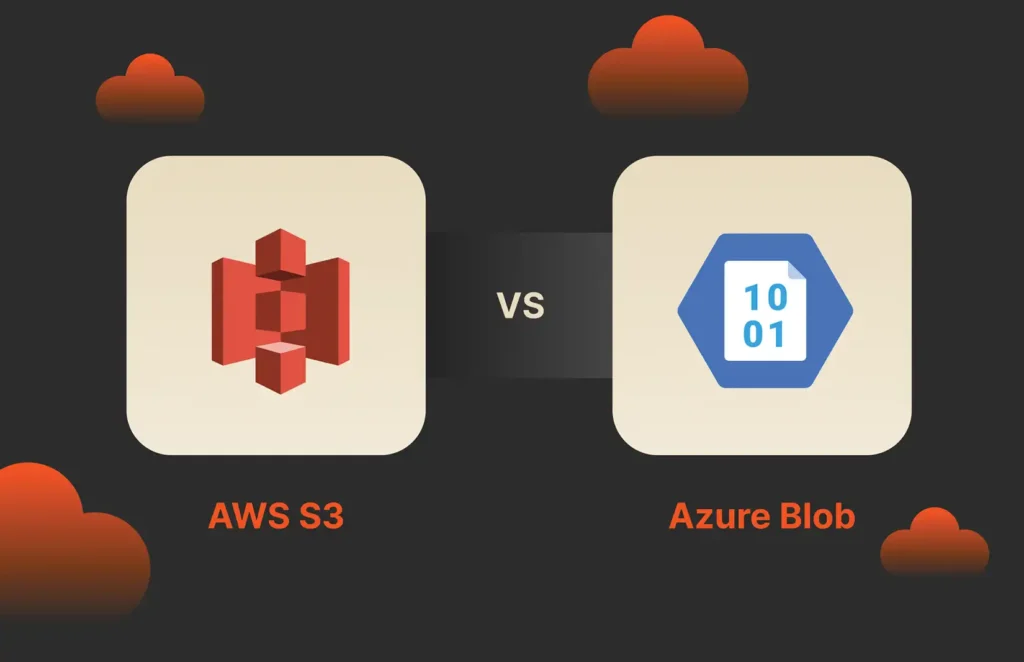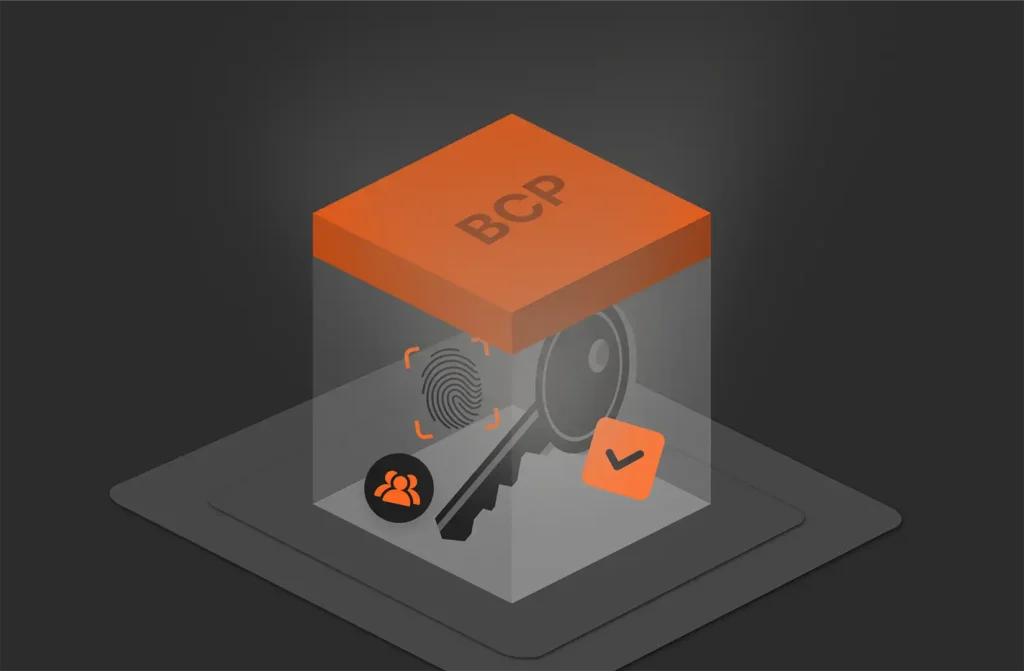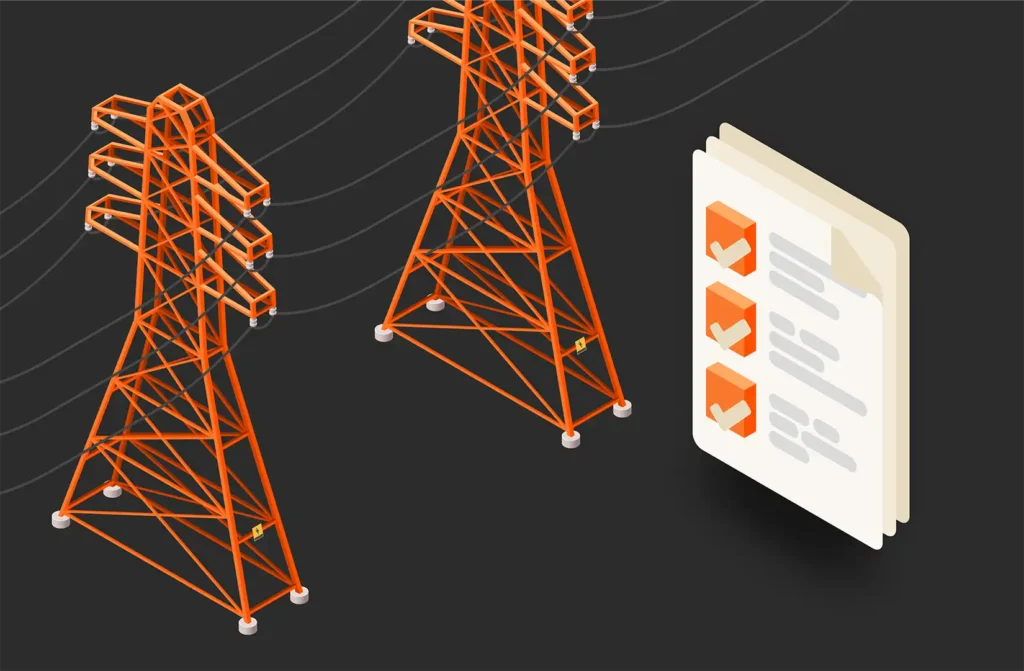In healthcare, answers matter—and diagnostic analytics helps deliver them. By tracing patterns and spotting root causes, this approach turns complex data into clarity, helping providers understand not just what happened, but why.
From clinical notes and MRI scans to lab results and data from wearables, healthcare providers are swimming in both structured and unstructured information. Diagnostic analytics helps them make sense of it all—not just by describing what happened, but by digging into the why. Think of it as high-tech root cause analysis. Powered increasingly by AI, diagnostic analytics uncovers hidden patterns and identifies contributing factors behind clinical outcomes. For example, it might reveal why a certain treatment proved ineffective for some patients, or why hospital readmissions spiked in the last quarter.
Modern AI techniques supercharge diagnostic analytics by processing vast, complex healthcare datasets that no human can handle alone. Machine learning algorithms can sift through terabytes of patient records, research papers, and sensor readings to detect anomalies, isolate patterns, and determine causal relationships that would otherwise remain hidden. Many hospitals worldwide are already using AI tools, and research suggests that broader adoption of AI in healthcare could save the industry up to $360 billion annually in the U.S. alone.
Let’s look at five examples that underscore the value of diagnostic analytics in healthcare and why modern data storage is crucial to enabling them.
5 Examples of Diagnostic Analytics in Healthcare
From a practical standpoint, diagnostic analytics in healthcare can be applied to almost any aspect of operations or patient care, but these are some top examples:
1. Identifying Disease Patterns and Early Diagnostic Clues
Healthcare teams can use diagnostic analytics to review electronic health records (EHRs), clinical notes, and public health data to surface causes and commonalities across patient illnesses. By analyzing thousands of records, a hospital might determine that subtle changes in vital signs, like a slight fever coupled with an elevated heart rate, tend to precede sepsis in its intensive care unit (ICU) patients, alerting clinicians to intervene sooner.
In another scenario, machine learning models could digest years of epidemiological data to explain why specific communities experience higher disease rates. The analysis could lead to the discovery of previously unidentified environmental or social factors contributing to those rates—insight that could help clinical teams proactively home in on at-risk patients, improving early diagnosis and treatment.
2. Analyzing Patient Behavior and Treatment Adherence
Not all healthcare outcomes hinge purely on clinical factors; human behavior often plays a significant role. Diagnostic analytics can parse through patient demographics, engagement data, and outcomes to determine why some patients respond well to treatment plans while others don’t. For example, you could figure out why some patients don’t follow through with home therapy. Perhaps the data shows that patients living alone tend to give up easily on their program. Or maybe a socioeconomic factor, like the lack of reliable transportation, is the cause for missed follow-up appointments.
Analysis of pharmacy refill data can also help healthcare providers track which patients are taking their medications—and which ones aren’t. Studies show that about 50% of patients with chronic conditions do not take medications as prescribed. By figuring out why patients aren’t sticking to their meds—whether it’s due to cost, side effects, or confusion about how to take them—providers can step in with the right kind of support, like patient education or financial assistance. A hospital’s IT and care management teams can work together to pull data from EHRs, pharmacy systems and patient surveys into one platform so these issues can be spotted early.
3. Improving Clinical Operations and Efficiency
Diagnostic analytics can also be a powerful tool for optimizing healthcare operations. One example is using data to understand why certain workflows or specific providers consistently run into delays.
Imagine you notice one surgeon’s procedures always seem to go over the scheduled time. You might analyze operating room logs, staff schedules, and case complexity data to try to pinpoint the root cause. Perhaps you discover that this surgeon’s first case almost always starts late due to prep delays, which then snowball throughout the day. (A recent study of 788 surgeries used data analytics to identify factors driving operating room (OR) delays and overtime and found that surgical team coordination, like starting on time, had a greater impact on delays than the surgeon’s individual experience.)
Insights derived from diagnostics analytics allow you to take action to fix bottlenecks—like adjusting staffing levels to help expedite prep time so a surgeon can stay on schedule. Beyond the OR, this approach can also reveal why clinic wait times fluctuate or why the imaging department faces frequent backlogs. With support from IT, hospital administrators can dig into the data to make targeted improvements that help the hospital smooth operations, use resources more effectively, and ultimately, deliver higher-quality patient care.
4. Identifying At-Risk Patients and Preventing Complications
Healthcare providers are increasingly using analytics to spot which patients are at risk for complications or poor outcomes so they can step in before problems arise. Diagnostic analytics helps them answer questions like: Who is most vulnerable after surgery, and why?
For example, by reviewing postoperative data, a hospital might discover that patients with certain risk factors—such as advanced age, underlying conditions, or longer surgeries—are more likely to develop infections or be readmitted. (Research has long linked longer surgery times to higher complication rates, making it important to understand what’s causing those delays.) With these insights, clinicians can adjust care plans and offer closer monitoring for high-risk patients or explore surgical techniques that reduce time in the OR.
5. Enhancing Diagnostic Accuracy with Medical AI (Imaging and Genomics)
Some of the most headline-grabbing advances in diagnostic analytics come from AI-driven analysis of complex clinical data like medical images and genomic sequences. In radiology, for instance, AI algorithms can review thousands of images (X-rays, CT scans, MRIs) to determine why certain subtle findings were missed or misinterpreted, and to assist in making diagnoses. These tools can identify patterns in imaging data that correlate with diseases, essentially acting as ultra-keen diagnostic eyes.
In practice, AI-based image analytics have achieved impressive results: One study reported an AI system detecting lung cancer on low-dose CT scans with 94% accuracy, outperforming the 88% accuracy of a team of radiologists. Such systems can also work much faster, exponentially reducing image analysis time (i.e., hours of manual reading accomplished in just minutes).
The upshot is that this analytics approach helps you get diagnostic answers for patients faster, whether it’s flagging a tumor on a scan or identifying a stroke on an emergency CT. Similarly, in the genomics realm, advanced analytics help explain genetic causes of disease. A cutting-edge example is rapid genome sequencing for newborns in intensive care: AI-driven analysis can now comb through a baby’s entire DNA and pinpoint a disease-causing mutation in under 24 hours, a process that used to take weeks. In fact, by combining whole-genome data with AI, researchers have demonstrated the ability to deliver genetic diagnoses for rare disorders in a single day, saving critical time for treatment.
Of course, diagnostic analytics in healthcare isn’t limited to these five scenarios. It’s also used for fraud detection in billing, forecasting patient volumes, optimizing non-clinical staffing resources, and more. But these examples are some of the most transformative in terms of patient care and operations.
Find out more about genomic data management and genomics data storage solutions.
How Modern Data Storage Can Help Hospitals Make the Most of Diagnostics Analytics
The examples shared above have one thing in common: They are extremely data-intensive. The average hospital generates about 137 terabytes of data per day, and that volume is growing almost 50% year-over-year. Whether it’s high-resolution medical images, whole-genome sequences, or years of EHR and sensor data, today’s healthcare organizations are dealing with massive, diverse, and often unstructured datasets. To extract insights, this data must be stored securely, retrieved quickly, and kept accessible over long periods for trending and training AI models.
This is why many leading hospitals are investing in modern storage solutions. They need high-performance, scalable, and secure data storage platforms—like all-flash storage arrays and unified data environments—to support their AI and advanced analytics goals. Flash storage provides the speed needed for real-time analytics, such as streaming vital signs or accessing MRI files in seconds. Scalable infrastructure ensures performance keeps up as data volumes jump from terabytes to petabytes, especially when training AI models on years of historical scans. And features like encryption, snapshots, and immutability help protect sensitive patient information.
Modern storage solutions are also critical to support data integration. Diagnostic insights often emerge by linking diverse sources—such as clinical notes, lab results, imaging, and genomic data—and spotting patterns across them. A unified storage platform brings these pieces together, enabling AI tools to ask (and answer) bigger questions. For example, analysts can connect pathology slide images with patient histories to pinpoint root causes for disease.
Real-time performance matters, too. Predictive analytics tools, like early warning systems for sepsis, rely on continuous reads and writes without lag. AI that analyzes scans in minutes, not hours, can only deliver that type of speed if your storage system can keep pace, too. With a fast, flexible storage foundation, your healthcare organization can turn raw and unstructured data into a clinical asset that fuels AI, streamlines operations, and helps providers deliver better patient care, faster.
Pure Storage is redefining the healthcare data storage experience with solutions that support healthcare organizations’ work with AI and advanced analytics tools to transform their data into valuable insights that elevate patient care. Find out more about our healthcare industry solutions.







